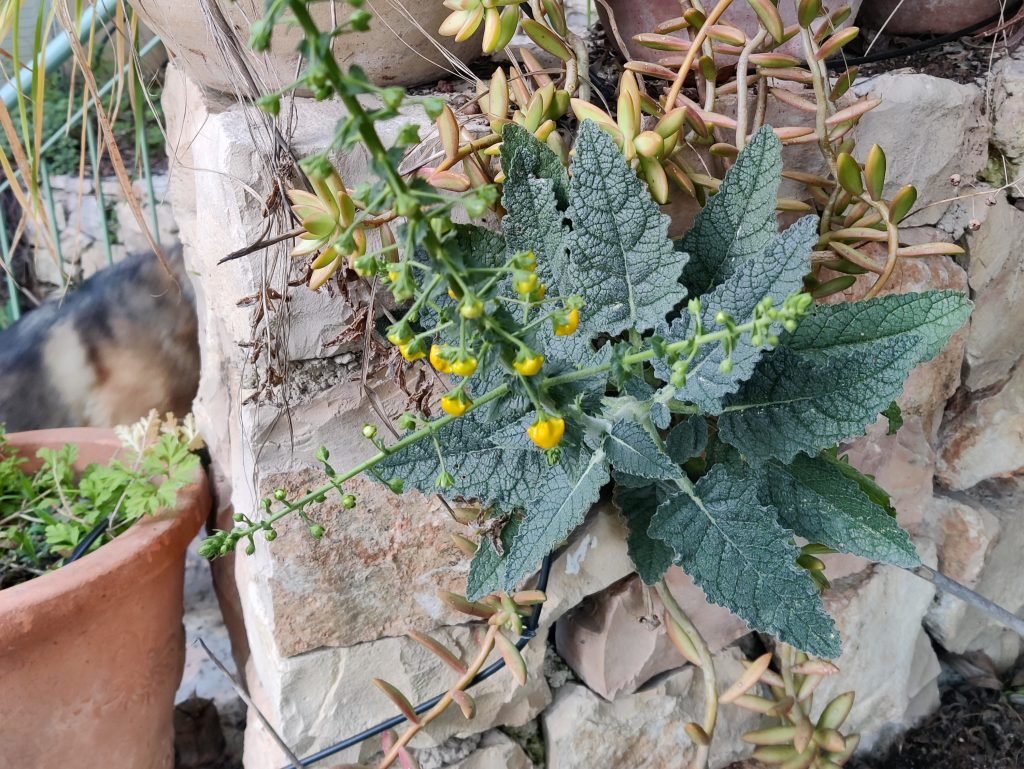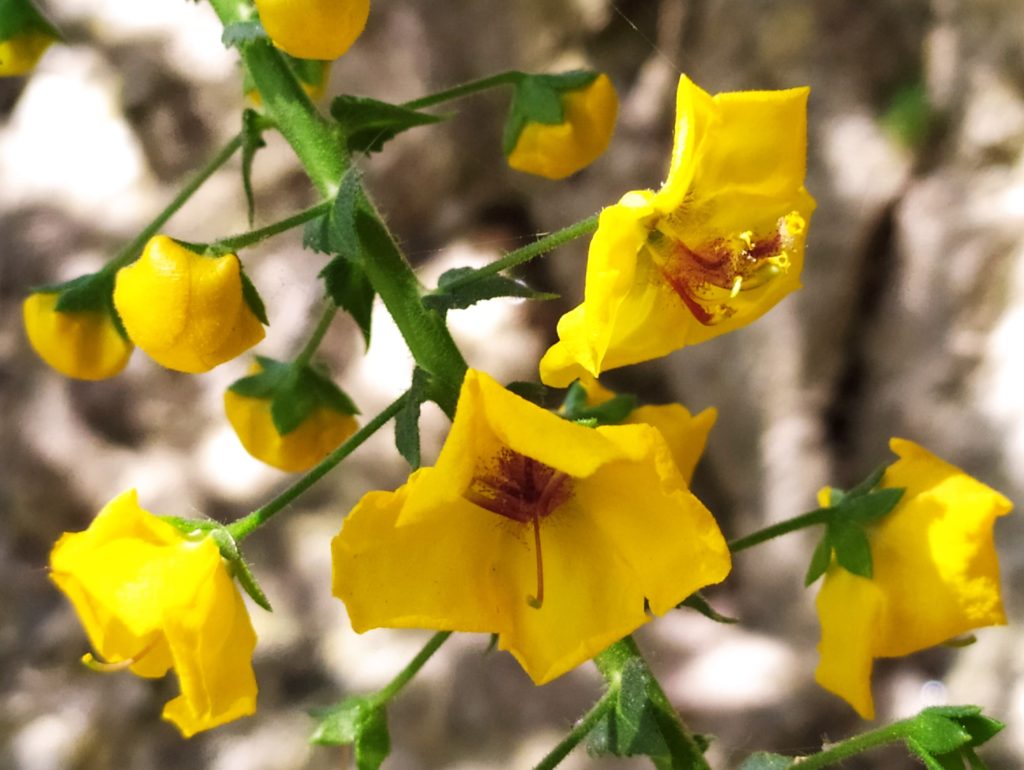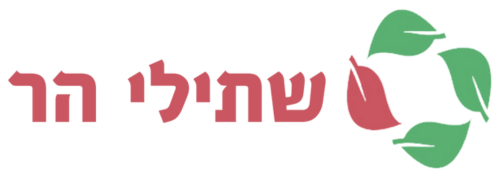

Davallia, Rabbit's Foot Fern
Of the more than 10,000 species of ferns that grow wild around the world, there are probably only a few dozen that are used in gardening in Israel.
If you think about it, it's not particularly surprising; most fern species live in tropical rainforests under constant heat and humidity and the rest are mostly concentrated in temperate regions like Europe, where winters are cold, but humidity is high all year round.
There are a few interesting species of ferns that grow wild in drier and even desert climates (and about twenty species of native ferns in Israel), but these are mostly small and less suitable for gardening.
One beautiful fern, which is not suitable for growing in the ground, but thrives in pots and hanging baskets, is the Davallia, also known as the Rabbit's Foot Fern. It also does not suffer at all in our dry and hot summers or cold winters. This is a small plant with an abundance of triangular pinnate leaves, that reach a length of 20-40 cm.
This is an excellent plant for a pot or hanging basket in full shade, which also does well indoors in high or medium light. The fleshy rhizomes store water and sugars, so the it is relatively resistant to watering errors compared to other tropical ferns, but one still should water it regularly while ensuring good drainage.
We recommend growing it in a small pot or in a basket hanging high, so that you can see the special rabbit's feet dangling down.
Read more about the Davallia in this article
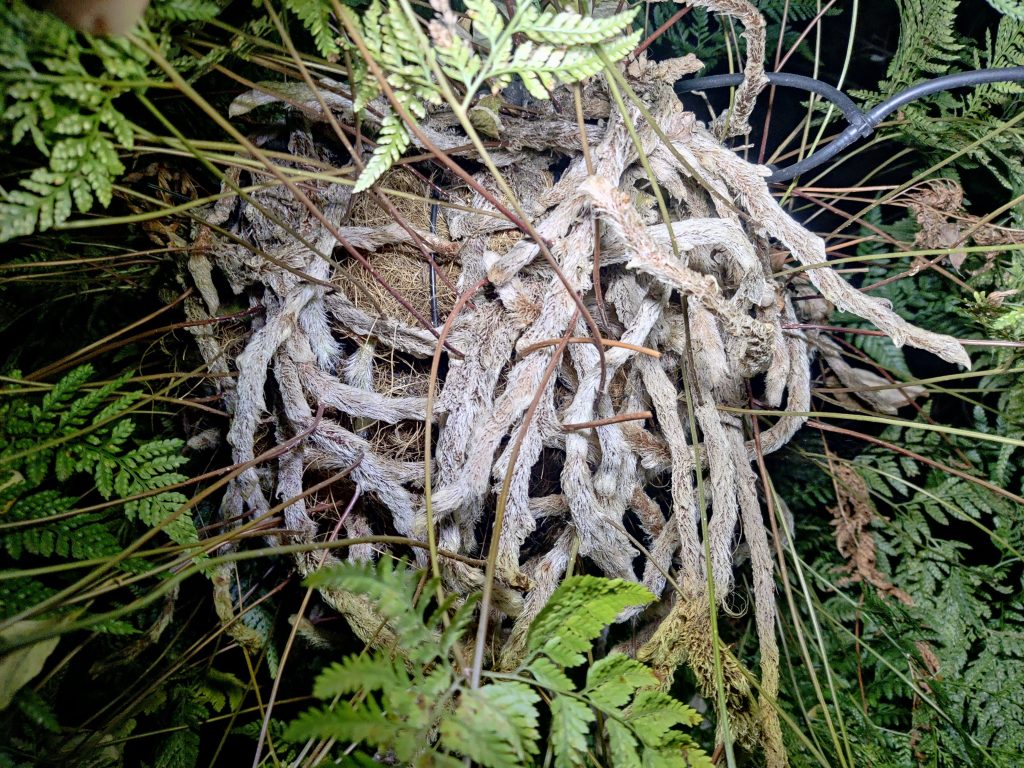
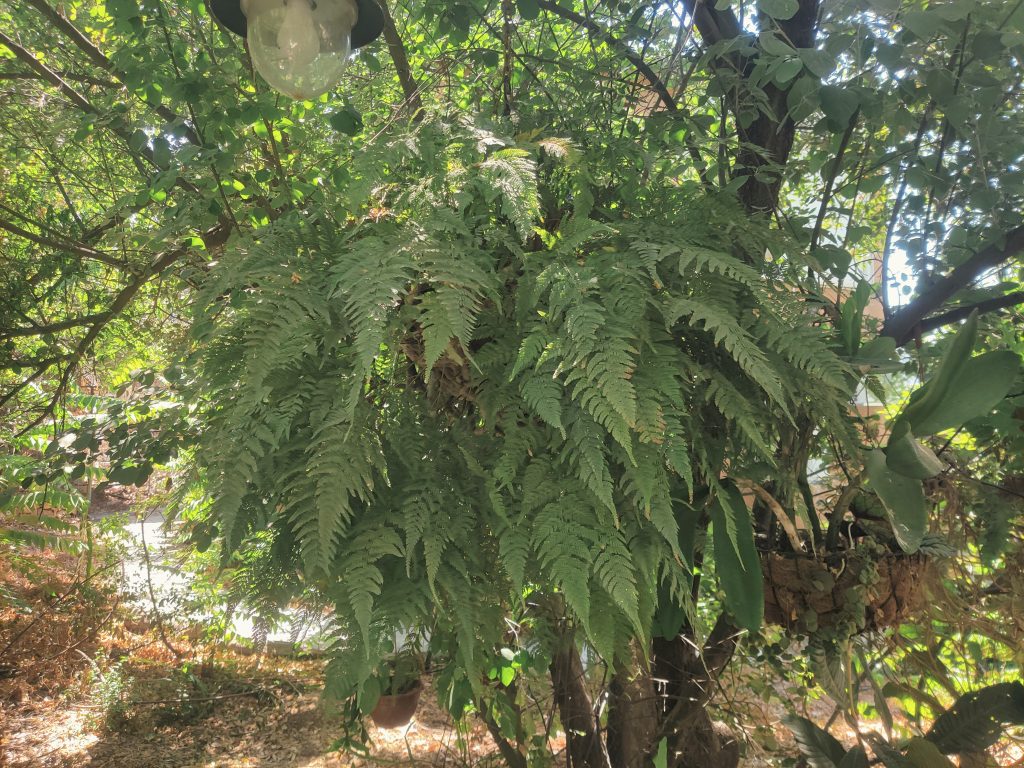
Verbascum arcturus - Cretan Bear's Tail
The Hebrew name "Butsin" means candle in Aramaic, probably because of the resemblance of the upright yellow inflorescence to a candle flame, but perhaps also because in ancient times the hairy leaves were used as wicks to light oil lamps.
When walking around Israel in the late spring and early summer months, it is hard to miss the tall flowering spikes covered with yellow flowers of the Verbascum plants;
Most of the Verbascum species that grow in Israel are annuals or biennials and the others do not tend to be long-lived either, but are prolific and self-sow easily.
Verbascum arcturus or Cretan Bear's-Tail (whose name probably derives from the developed imagination of a botanist), which originates from canyons on the island of Crete, and usually grows and blooms for two to three years, is no different.
Due to its compact size, it combines well with winter annuals for a beautiful spring bloom or in a Mediterranean garden, where it will survive even with little irrigation.
Read more aboutVerbascum arcturus – Cretan Bear's Tail
